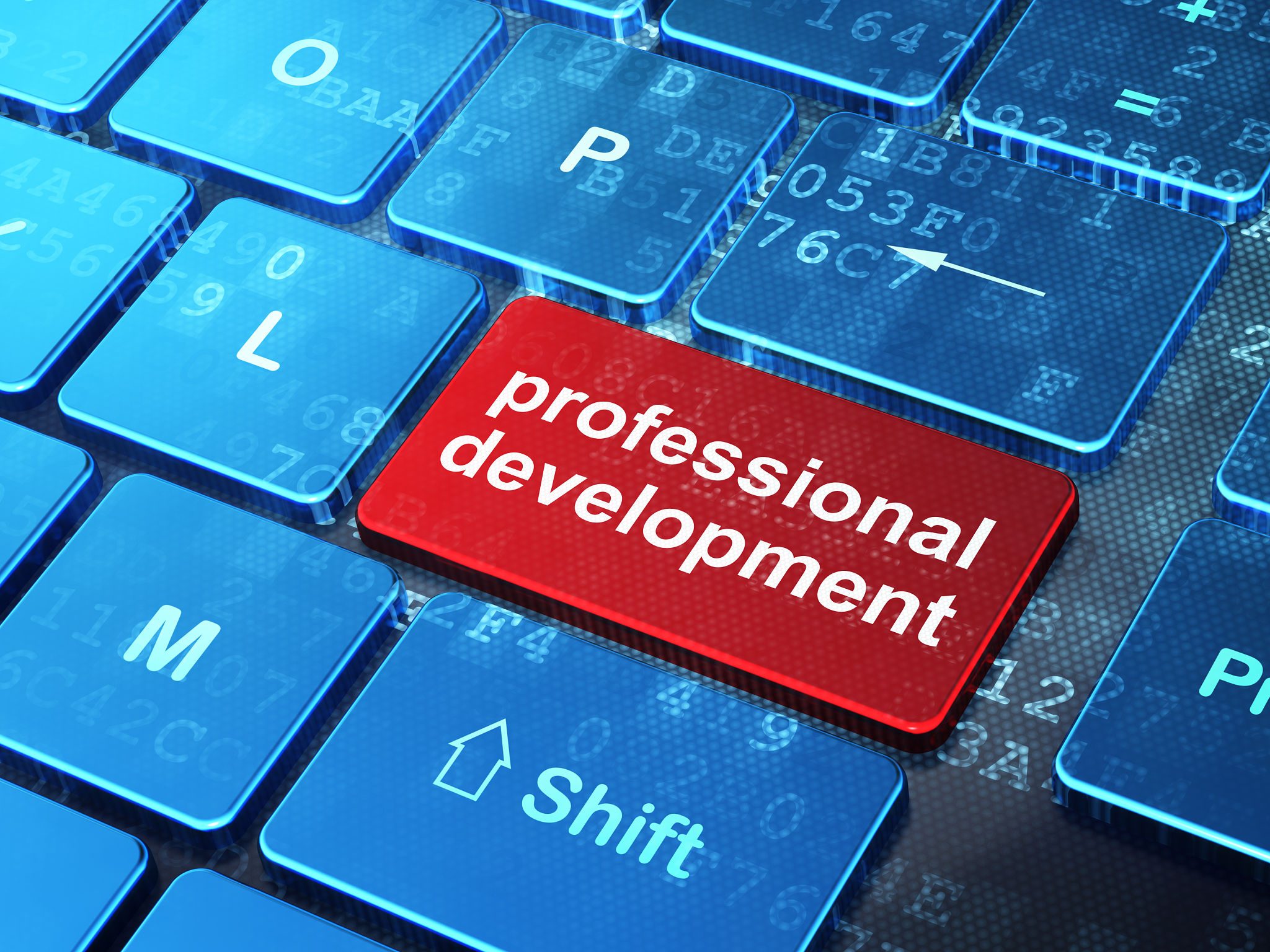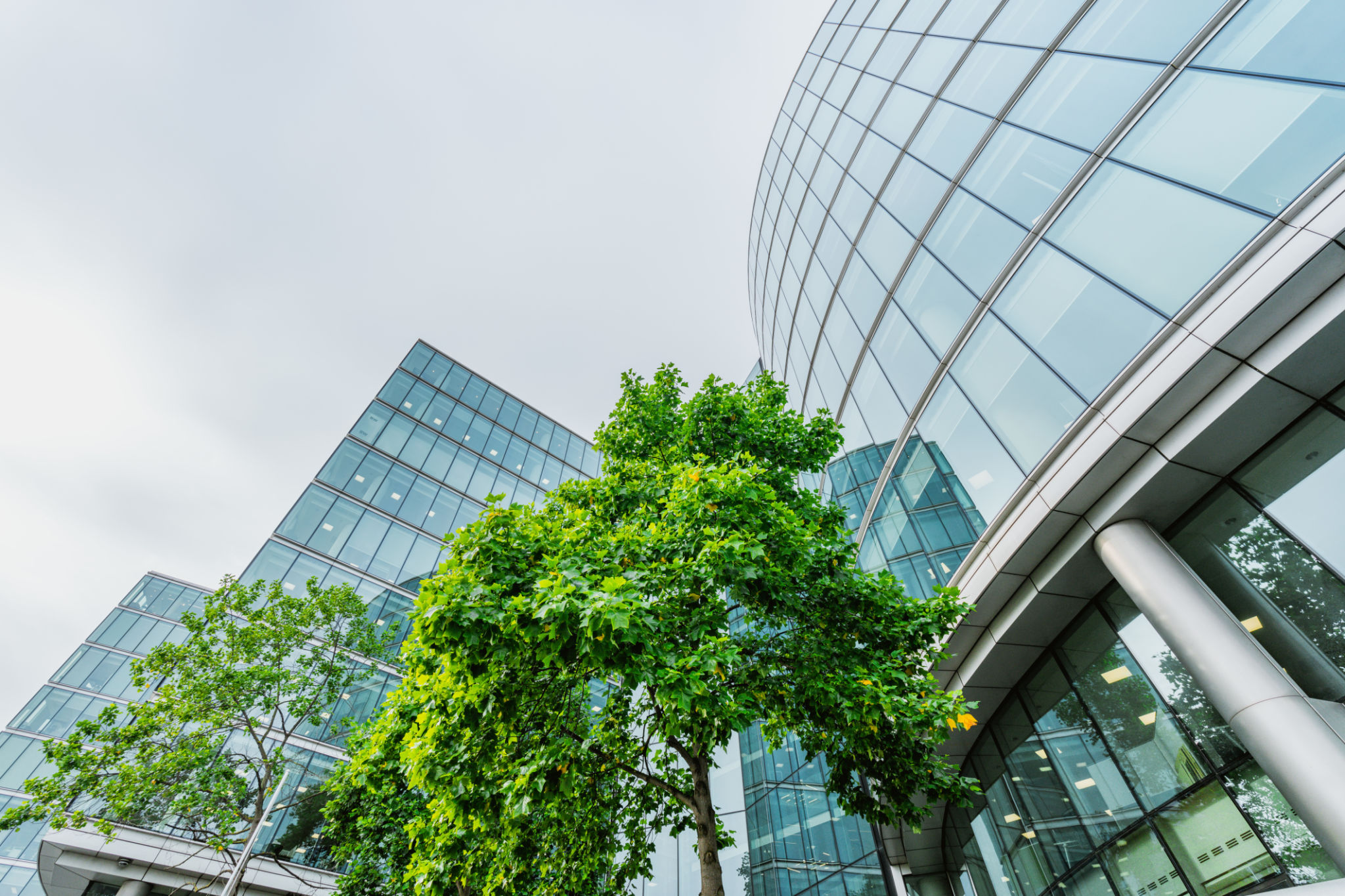Exploring the Impact of Mainland Development on Hawaii's Natural Landscape
Introduction to Mainland Development in Hawaii
Hawaii, often celebrated for its stunning natural beauty and unique ecosystems, is experiencing significant changes due to mainland development. As developers eye the islands for new projects, concerns arise about the long-term impact on Hawaii's natural landscape. This blog post explores the various facets of development in Hawaii and how it affects the environment.
With an increasing number of tourists visiting Hawaii each year, there is a growing demand for infrastructure and amenities. Developers from the mainland have been quick to respond to this demand, leading to a surge in construction projects. While this growth can boost the local economy, it also raises questions about sustainability and environmental conservation.

The Environmental Consequences
Mainland development can have several adverse effects on Hawaii's environment. One of the most visible impacts is the alteration of natural landscapes. Forests are cleared for new buildings, roads, and other infrastructure, leading to habitat loss for many native species. This disruption can have cascading effects on the local ecosystem.
Another concern is the increased strain on Hawaii's natural resources. As more people move to or visit the islands, the demand for water, energy, and other resources grows. This increased demand can lead to over-extraction and depletion of vital resources, threatening both the environment and the quality of life for residents.
Impact on Marine Ecosystems
Hawaii's marine ecosystems are also at risk due to mainland development. Coastal construction projects, such as resorts and marinas, can lead to pollution and sedimentation in nearby waters. This can harm coral reefs, which are already vulnerable due to climate change and other factors.

Moreover, increased tourism often brings with it more recreational activities like boating and diving, which can further stress marine life. The introduction of non-native species through shipping and tourism can also disrupt the delicate balance of Hawaii's marine ecosystems.
Efforts to Balance Development and Conservation
Despite these challenges, there are efforts underway to balance development with environmental conservation in Hawaii. Local governments and organizations are working to implement sustainable practices and regulations that protect natural resources while allowing for economic growth.
Some developers are adopting eco-friendly building practices, such as using renewable energy sources and minimizing waste during construction. There is also a growing emphasis on preserving cultural sites and respecting native Hawaiian traditions in development projects.

Community Involvement and Advocacy
Community involvement is crucial in shaping the future of development in Hawaii. Residents are increasingly voicing their concerns and advocating for policies that prioritize environmental protection. Grassroots movements and local advocacy groups play a vital role in holding developers accountable and ensuring that growth does not come at the expense of natural beauty.
By fostering dialogue between developers, government entities, and local communities, Hawaii can work towards a future where development and nature coexist harmoniously. The path forward requires careful planning, innovation, and a commitment to preserving the island's unique landscapes for future generations.